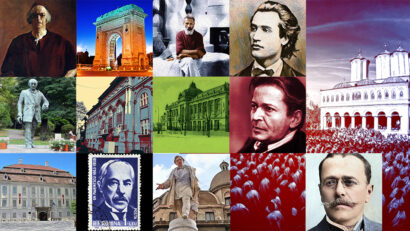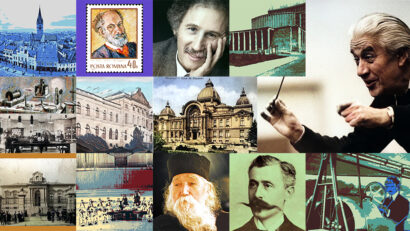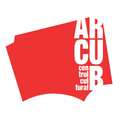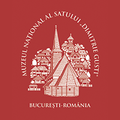The Orient Express
The Orient Express, one of the first symbols of European Unity

Steliu Lambru, 20.10.2019, 14:01
The 19th century has been labeled by several monikers, such as century of nations, or century of revolutions, but by the same token we can dub it century of railroads. The entire period is marked by a great enthusiasm that Europeans had for traveling by train, and as the railroad network widened, it became logical to have a pan-European route built. It was named the Orient Express, and it became a symbol of the potential for European unity.
The story of the Orient Express starts with a sentimental drama lived by a young Belgian engineer, Georges Nagelmackers. He came from a wealthy family, and a deception in love sent him to the United States around the year 1867. While there, he had the opportunity to travel by Pullman carriages, sleeping carriages that were much more comfortable than what was found in Europe. In 1870 he returned to Belgium with a plan to build at home what he had seen in America. In 1883 he started the Orient Express project, quite unaware of what it was to become.
The idea of a train that would cross all of Europe was instantly popular. Europe was seen as a so-called concert of nations, by which it was meant that each nation had its own specificity within a continental unity. Frances ambitions to civilize other places, and its modernizing assault upon the world, culminating with Napoleon I, changed the face of the continent forever. Dorin Stanescu is a historian of railroads, and we asked him if the Orient Express, besides being a train of social elites, was a symbolic unifier of the continent.
“Obviously, because the Orient Express was a proposal to federalize Europe. Customs checks were greatly simplified, because customs agents got on board and ran the customs formalities while the train traveled, getting off at another station. The signing of international agreements tied to the building of the Orient Express railroad constituted a first step towards the European project. Practically, it was a borderless train.”
The Orient Express line was definitely for the social elites, which was because at first it was unaffordable to anyone else. We asked Dorin Stanescu to talk about the passengers on that luxury train:
“Once in a while, for short distances, this luxury train had attached to it 2nd and 3rd class carriages, which sometimes allowed middle class people to use it. However, both at first and for the duration of its existence, it is obvious that the Orient Express was for the elites. Paul Morand observed in 1914 that the passengers on the train formed a real cosmopolitan society. We are talking about business people, diplomats, princes, Free Masons, starlets, heads of secret services, spies, etc. You had as passengers rich Turks with their wives, Austrian aristocrats, Hungarian counts, Romanian boyars. Even the Romanian royal family traveled several times on the Orient Express. In fact, several European monarchs traveled on that train, including Kaiser Wilhelm, Emperor Franz Joseph, Crown Prince Ferdinand of Romania, and the king of Bulgaria. It was full of celebrities. The reason regular people wanted to be on this train was because they could listen to the stories of the elites, which turned traveling on the Orient Express into a mythical journey.”
On the territory of what is now Romania, the train came from the west, and departed by two routes from Bucharest, towards the east and the south. Dorin Stanescu spoke about the contribution of the train to the modernization of railroad infrastructure on Romanian territories:
“In 1883, when the story of the Orient Express starts in this area, the train came in through Varciorova, in the west, continued by Turnu Severin, then Craiova, Slatina, Pitesti, and got to Bucharest. From there it went towards Giurgiu, in the south, through the port of Smarda, then it crossed the Danube going to Varna. From Varna it continued by steam ship and reached Constantinople. This train had a great contribution to the construction of railroads. Major railroad segments and infrastructure were built during this time. The famous Cernavoda bridge designed by Anghel Saligny had an important role to play in the concept of the Orient Express. At some point, the train went over this bridge going between Bucharest and Constanta. From Constanta, ships of the Romanian Maritime Service carried travelers to Constantinople. Therefore traveling over Romanian territories is a very interesting part of the story of the Orient Express. Many times, the Romanian and international press reported on stops in Bucharest, especially when the royal family was traveling to their mountain estates at Sinaia, at Peles Castle. The hospitality of the royal family at that time was a major image builder for Romania, in its wish to modernize, and granted prestige to the family within Europe.”
WWI was the event that put a stop to the Orient Express for the first time. It resumed running in 1921. WWII had an even greater impact, because the destruction was more widespread. The installation of Communist regimes in Eastern Europe was a great hindrance in the life of the line. In 1977, due to competition from airlines, the train stopped running once again. However, in 2016, the Orient Express was reborn as a renewed symbol of European unity, as a tradition that must be preserved.






























